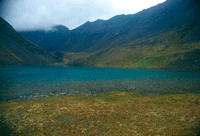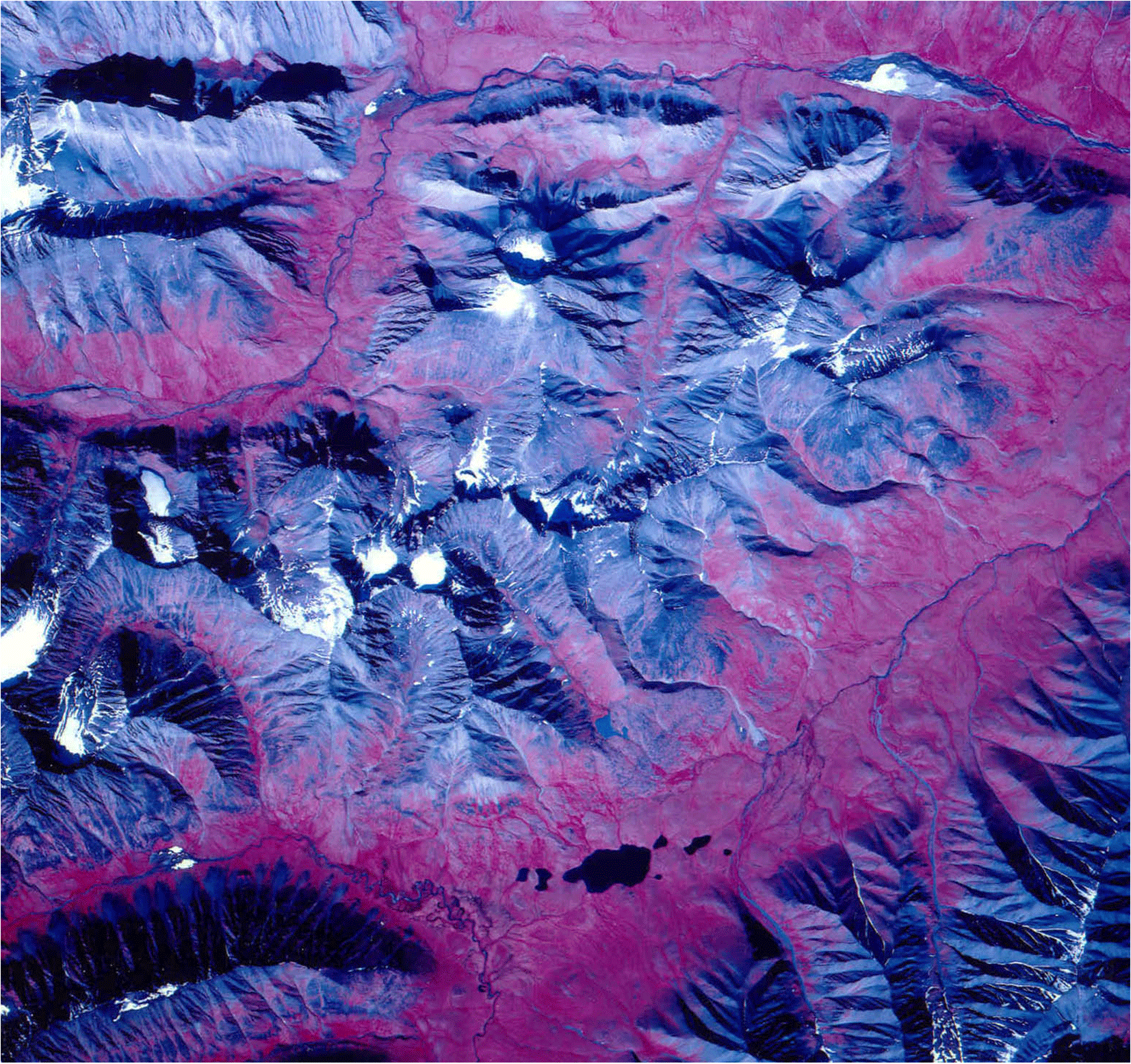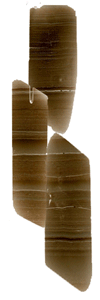 |
||||||||||||||
|
|
||||||||||||||
|
Brooks Range Alaska
|
|
|||||||||||||
|
Glaciation in the Brooks Range, Alaska - Collaborators include Broxton Bird, Barbara Osgood-Kutchko, Lesleigh Anderson, Bruce Finney, and Mary Edwards among others Late Holocene (10 to 2005 AD) climate variability of the central Brooks Range, Alaska, and the Yukon Territory is investigated using varved sediments from glacial-fed Blue Lake in conjunction with regional paleoenvironmental records. Varve thickness tracks summer temperatures from the nearby Atigun Pass weather station (r2 = 0.31, p = 0.08). Varve-inferred climate in the Brooks Range between 10 and 730 AD (varve years) was warm with precipitation inferred to be higher than during the 20th century. The varve-temperature relationship is suspect during this time because the Blue Lake glacier was recessed, which likely exposed sub-glacial sediments that were subsequently transported by enhanced summer precipitation. For these reasons, temperatures were not reconstructed for this period. Varve-inferred summer temperatures and precipitation decreased between 730 and 850 AD (0.4°C above the last millennium average; LMA = 4.2°C) and between 850 and 980 AD (0.1°C above the LMA). This cooling culminated in an abrupt cold period between 980 and 1030 AD, with inferred summer temperatures 0.7°C below the LAM. Inferred summer temperatures increased between 1030 and 1620 AD to the LMA, though one period between 1260 and 1350 AD was 0.2°C below the LMA. Although there is no equivalent to the Medieval Warm Period in the Blue Lake record, two warm intervals occurred from 1350 to 1450 AD and 1500 to 1620 AD (0.4 and 0.3°C above the LMA, respectively). During the Little Ice Age (1620 to 1880 AD), inferred summer temperatures were 0.2°C below the LMA and aridity was pronounced. After 1880 AD, inferred summer temperatures increased to 0.8°C above the LMA, glaciers retreated, and aridity persisted. Despite warming and glacial retreat, varve thicknesses did not achieved pre-730 AD levels. This likely reflects a less dramatic modern retreat as compared to the first millennium, which has not yet exposed unconsolidated sub-glacial sediments. Additionally, post-LIA relative aridity is believed to limit the influence of precipitation on varve thickness during this period. The Blue Lake record is generally consistent with those from the eastern Canadian Arctic, which show a cool LIA and 20th century warming. The timing of the LIA and other events, such as the Medieval Warm Period, however, varies among records, indicating potentially heterogeneous climatic patterns across the North American Arctic. Resulting publications include A 2000 year varve-based climate record from the central Brooks Range, Alaska. Varved minerogenic sediments from glacial-fed Blue Lake, northern Alaska, are used to investigate late Holocene climate variability. Varve- thickness measurements track summer temperature recorded at Atigun Pass, located 41 km east at a similar elevation (r2 = 0.31, P = 0.08). Results indicate that climate in the Brooks Range from 10 to 730 AD (varve year) was warm with precipitation inferred to be higher than during the twentieth century. The varve-temperature relationship for this period was likely compromised and not used in our temperature reconstruction because the glacier was greatly reduced, or absent, exposing sub-glacial sediments to erosion from enhanced precipitation. Holocene Climate Inferred from Oxygen Isotope Ratios in Lake Sediments, Central Brooks Range, Alaska. Analyses of sediment cores from two lakes in the central Brooks Range provide temperature and moisture balance information for the past _8500 cal yr at century-scale resolution. Two methods of oxygen isotope analysis are used to reconstruct past changes in the effective moisture (precipitation minus evaporation) and temperature. Effective moisture is inferred from oxygen isotope ratios in sediment cellulose from Meli Lake (area _0.13 km2, depth 19.4 m). The lake has a low watershed-to-lake-area ratio (7) and significant evaporation relative to input. Summer temperature shifts are based on oxygen isotope analyses of endogenic calcite from Tangled Up Lake (area _0.25 km2, depth 3.5 m). This basin has a larger watershed-to-lake-area ratio (91) and less evaporation relative to input. Sediment oxygen isotope analyses from the two sites indicate generally more arid conditions than present prior to _6000 cal yr B.P. Subsequently, the region became increasingly wet. Temperature variability is recorded minimally at centennial scale resolution with values that are generally cool for the past _6700 cal yr. The timing and direction of climate variability indicated by the oxygen isotope time series from Meli and Tangled Up lakes are consistent with pre- viously established late Holocene glacier advances at _5000 cal yr B.P. in the central Brooks Range, and high lake-levels at Birch Lake since _5500 cal yr B.P. This unique use of oxygen isotopes reveals both moisture balance and temperature histories at previously un- detected high-resolution temporal scales for northern Alaska during the middle to late Holocene. |
|||||||||||||
|
|
|


